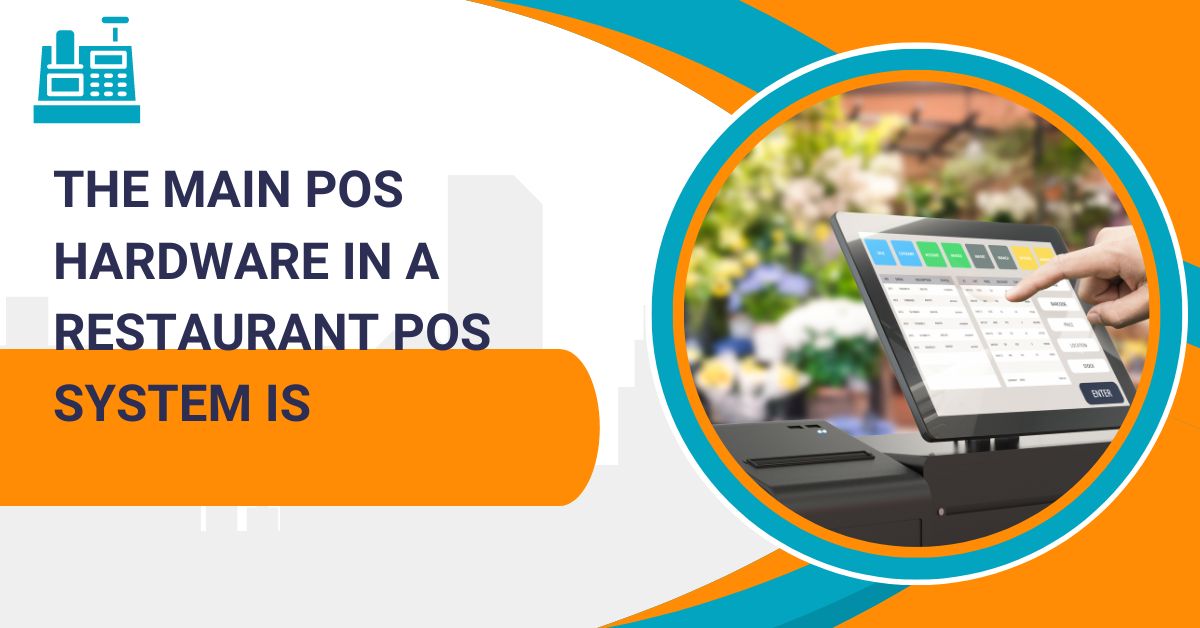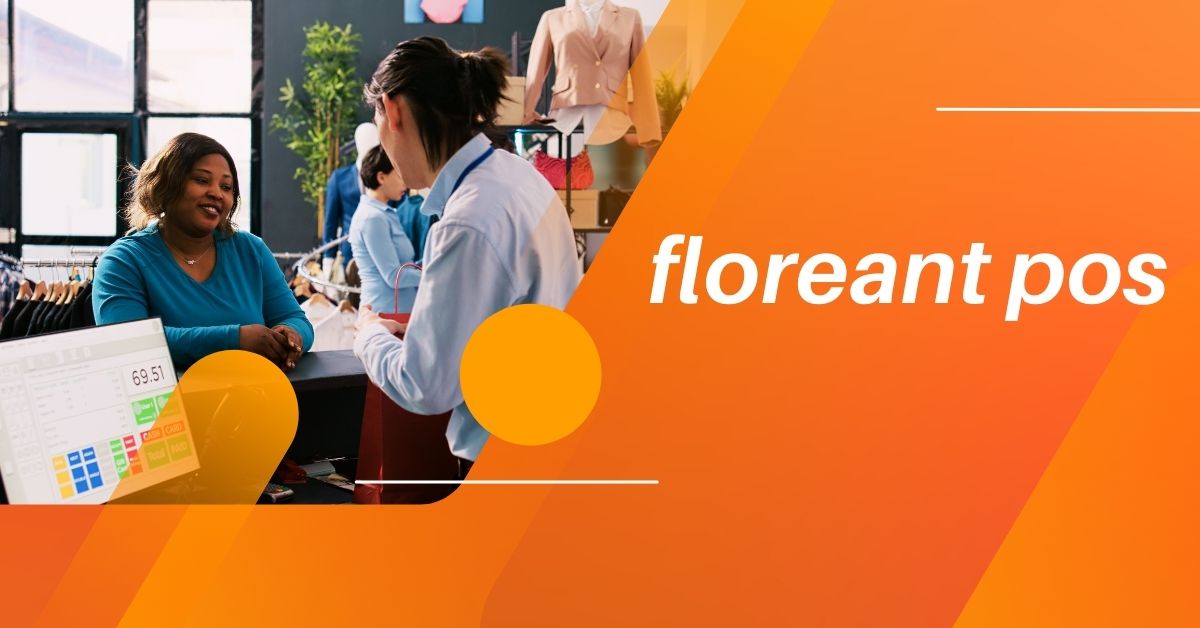Restaurants employed point-of-sale systems, or billing software to ring up customers’ bills and provide payment receipts in the past. It aided a company in tracking sales and accepting payments from clients. However, a restaurant may now handle all aspects of restaurant administration using the POS system.
Floreant POS features an inbuilt database, making installation simple. It operates without internet access. Only the cash drawer, kitchen printer, and touchscreen terminal are supported. Retailers have the option to upgrade to the PRO edition of the program or buy more plugins. They are allowed to expand the Floreant POS source code, which is publicly available for free online.
POS Software & POS Hardware
A point-of-sale system effortlessly assumes responsibility for all critical aspects of restaurant operations. Order and table management, cash management, personnel management, inventory management, and handling payments are configured using it. Both POS software and hardware are part of a competitive POS system.

The main POS hardware in a restaurant POS system is:
- An interface for registering transaction information
For the POS systems to record the specifics of consumer transactions, they require an interface such as a cash register, monitor, tablet, or mobile POS application.
- Cash Drawer
To hold cash, receipts, checks, and payment slips, you need a cash drawer.
- A printer
Customer receipts and daily statistics of POS transactions are printed by using a printer.
- A card reader
Debit and credit card payments are processed with the assistance of a card reader. Processing the payment requires the right software and a reliable internet connection.
Point of sale software for managing restaurants:
- POS system for handling payments
Processing payments is one of POS software’s primary duties. A point-of-sale system (POS) is capable of accepting cash, credit or debit cards, and contactless payment methods such as Apple Pay or Google Pay.
- Keeping track of inventory
Inventory management software, which links sales information to inventory can assist in monitoring low stock levels.
- Analyses and reports
For better business decisions, a POS system may provide sales reports that provide you with information about your earnings and profits.
- Personnel Administration
A point-of-sale system can track employees’ work hours and shifts using built-in features or by integrating with a personnel management app. Additionally, it used to authorize specific personnel to carry out a few duties, such as order management.
- CRM stands for customer relationship management.
You may access client information like as email addresses, phone numbers, and purchase histories using the CRM function included in POS systems. You may use this to make your marketing and promos more individualized for your loyal consumers.
- Tips and Receipts
Issuing refunds is made simple by the creation of receipts. Additionally, consumers may avoid the trouble of leaving a cash tip as a token of appreciation for excellent customer service by using a tool to add tips at checkout.
.
The hardware for a competent point-of-sale system, such as Floreant, can help you understand the basic necessity of the floreant POS system. Although there are many alternatives for free point-of-sale software available, they sometimes come with lengthy contracts or other restrictions. The size of the business, the volume of inventory, the number of registers needed, and other variables all affect the price of a point-of-sale (POS) system. Additional functionality and customization drives up a POS system’s price.







